Automated Content Generation: Everything You Need to Know


Over 80 percent of businesses now use artificial intelligence to generate digital content, reshaping how information reaches audiences worldwide. As content needs skyrocket, the ability to produce high-quality material faster can determine who stands out or slips behind. Understanding how automated content generation works and the varied methods behind it helps writers and marketers stay ahead in a crowded digital space.
Table of Contents
- Defining Automated Content Generation Methods
- Popular Types And Key Use Cases
- How Ai-Driven Content Generation Works
- Seo Integration And Best Practices
- Risks, Limitations, And Compliance Issues
Key Takeaways
| Point | Details |
|---|---|
| Automated Content Generation | AI-driven content generation uses sophisticated algorithms to create various digital content by interpreting human instructions. |
| Key Methods | Popular methods include template-based generation, machine learning models, NLP, and generative AI, each suitable for specific content types. |
| SEO Considerations | Successful integration of AI content requires adherence to SEO best practices, ensuring high quality and relevance while avoiding potential penalties. |
| Risks and Compliance | Organizations should be aware of risks like copyright concerns and content quality to mitigate negative impacts on brand reputation and SEO performance. |
Defining Automated Content Generation Methods
Automated content generation represents a groundbreaking approach where artificial intelligence systematically creates digital content by understanding and translating human instructions into meaningful text. According to arxiv.org, this process involves AI models extracting intent from user requirements and generating relevant digital content across text, images, and multimedia platforms.
At its core, Artificial Intelligence Generated Content (AIGC) functions through sophisticated machine learning algorithms that analyze vast datasets to produce contextually appropriate materials. As research from arxiv.org indicates, these systems can generate content based on specific user-inputted keywords or comprehensive requirements, effectively bridging the gap between human creativity and machine efficiency.
The primary automated content generation methods typically include:
Here's a comparison of popular automated content generation methods:
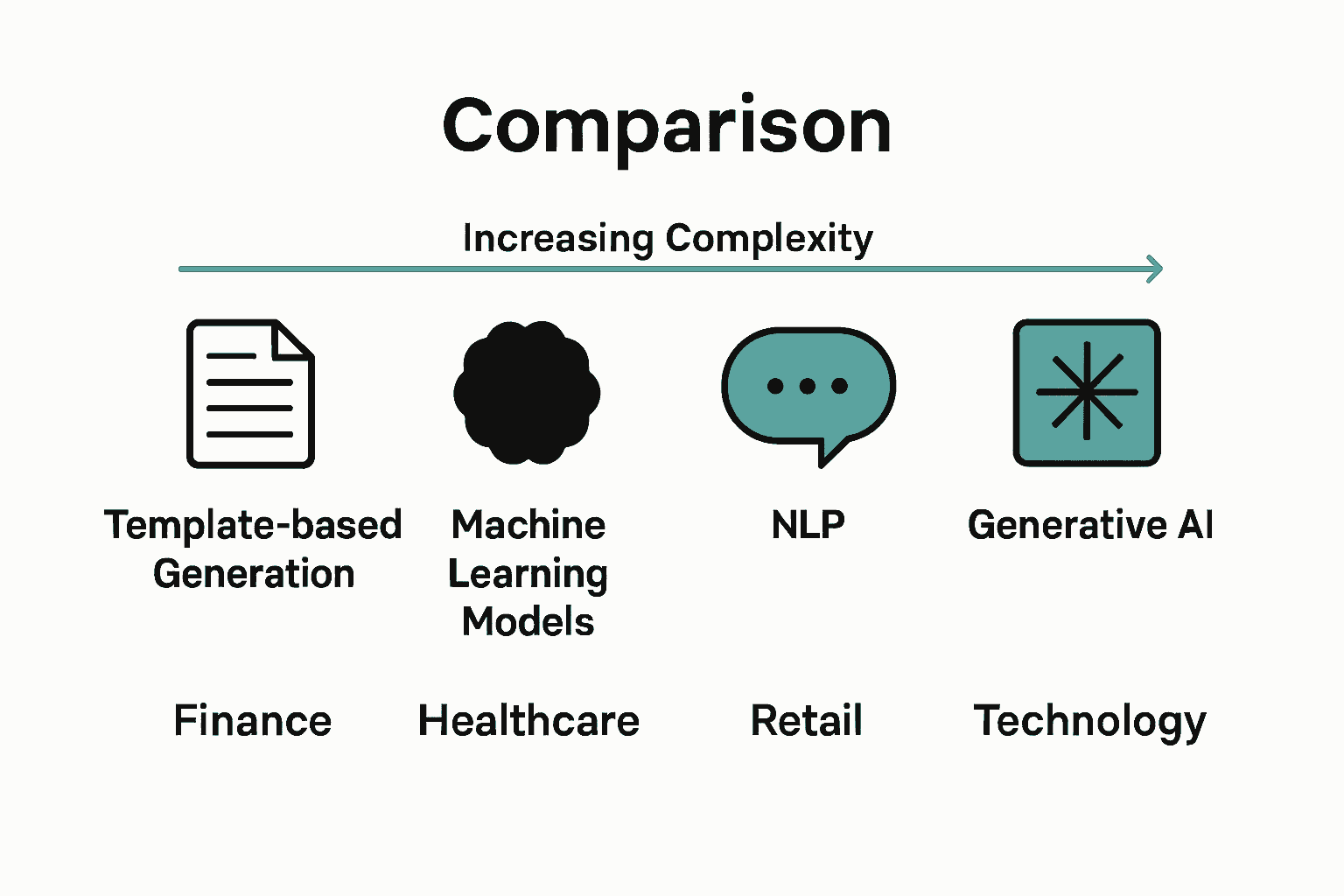
| Method | How It Works | Typical Use Cases |
|---|---|---|
| Template-based Generation | Fills predefined structures | Marketing emails<br>Reports |
| Machine Learning Models | Analyzes large datasets with algorithms | Product descriptions<br>Chatbots |
| Natural Language Processing (NLP) | Understands and generates text contextually | Summaries<br>Conversational agents |
| Generative AI | Creates new content from data patterns | Poetry<br>Storytelling<br>Image creation |
- Template-based Generation: Using predefined structures and filling in variable content
- Machine Learning Models: Leveraging neural networks trained on extensive datasets
- Natural Language Processing (NLP): Understanding context and generating human-like text
- Generative AI: Creating entirely new content using advanced predictive algorithms
Businesses and content creators are rapidly adopting these methods to streamline production, reduce manual effort, and maintain consistent quality across large content volumes. Learn more about implementing these strategies in our content creation strategies for 2025.
Popular Types and Key Use Cases
Automated content generation spans diverse domains, transforming how organizations create and distribute information. According to arxiv.org, AI-generated content has become critically important across digital marketing, education, and public health sectors, dramatically enhancing content creation efficiency and information delivery processes.
In the creative realm, generative literature represents a fascinating application of automated content generation. As Wikipedia explains, this innovative approach involves automatically generating poetry and fiction using computational techniques, blurring traditional boundaries between human and machine creativity.
Key use cases for automated content generation include:
- Digital Marketing: Creating personalized marketing copy, social media posts, and advertising materials
- Education: Developing learning resources, generating practice questions, and summarizing complex materials
- Technical Writing: Producing documentation, user manuals, and procedural guides
- Journalism: Generating data-driven reports and news summaries
- Creative Writing: Developing story outlines, character descriptions, and narrative frameworks
Businesses leveraging these technologies can significantly reduce content production time while maintaining high-quality output.
 For a deeper exploration of content creation strategies, check out our content creation workflow guide.
For a deeper exploration of content creation strategies, check out our content creation workflow guide.
How AI-Driven Content Generation Works
Artificial intelligence has revolutionized content creation through sophisticated algorithmic processes that transform human instructions into meaningful digital content. According to arxiv.org, AI-driven content generation employs advanced algorithms to extract and comprehend user intent, subsequently generating highly realistic and contextually appropriate content across various domains.
The technical mechanism behind AI content generation involves complex machine learning models that analyze massive datasets to understand language patterns, context, and semantic relationships. These models leverage neural networks trained on extensive textual information, enabling them to predict and generate human-like content with remarkable accuracy. Interestingly, Wikipedia highlights how similar algorithmic approaches are already used in fields like psychometrics for generating standardized test items, demonstrating the versatility of these computational techniques.
The core steps in AI-driven content generation typically include:
- Input Analysis: Parsing user instructions and understanding specific requirements
- Context Mapping: Identifying relevant semantic and contextual frameworks
- Content Generation: Utilizing predictive algorithms to create original text
- Quality Refinement: Applying linguistic and grammatical optimization techniques
- Output Validation: Checking generated content for coherence and relevance
Businesses looking to leverage these advanced content creation strategies can gain deeper insights by exploring our comprehensive guide on AI content for SEO.
SEO Integration and Best Practices
Search engine optimization for AI-generated content requires a strategic and nuanced approach to maintain digital credibility and ranking potential. According to TechTarget, integrating AI content demands careful consideration, as poorly executed implementations can risk appearing as spam or potentially harm existing SEO rankings.
Successful SEO integration with AI-generated content hinges on maintaining high-quality, authentic materials that align with search engine guidelines. Amplience emphasizes the critical importance of incorporating human expertise, establishing a realistic content publishing rhythm, and ensuring top-tier quality to meet Google's Experience, Expertise, Authoritativeness, and Trustworthiness (EEAT) framework.
Key best practices for SEO-optimized AI content include:
- Human Review: Carefully edit and refine AI-generated drafts
- Originality Verification: Use plagiarism detection tools
- Contextual Relevance: Ensure content matches user search intent
- Natural Language Flow: Minimize robotic or repetitive phrasing
- Regular Content Updates: Maintain fresh, current information
For a comprehensive understanding of optimizing your digital content strategy, explore our guide on understanding SEO best practices.
Risks, Limitations, and Compliance Issues
Automated content generation presents complex challenges that extend far beyond technological capabilities. According to TechTarget, organizations must navigate significant risks including potential copyright infringement, reduced content creativity, and the substantial threat of appearing as spam, which can critically damage SEO rankings and overall brand reputation.
Research from arxiv.org highlights the multifaceted ethical and societal implications of AI-generated content, emphasizing the need for comprehensive strategies that address quality control, technological limitations, and broader impact across different domains. The emerging landscape demands a nuanced approach that balances technological innovation with responsible content creation.
Key risks and compliance considerations include:
- Intellectual Property Concerns: Potential unauthorized content reproduction
- Accuracy Limitations: Risk of generating factually incorrect information
- Ethical Considerations: Transparency about AI content generation
- Regulatory Compliance: Adhering to emerging digital content guidelines
- Quality Consistency: Maintaining reliable content standards
For deeper insights into navigating these complex challenges, explore our guide on understanding SEO fundamentals.
Unlock Smarter Content Creation with AI-Driven Solutions
Automated content generation offers incredible potential but also brings challenges like maintaining quality, ensuring SEO effectiveness, and avoiding robotic or spammy output. If you are eager to harness the power of AI to scale your content while preserving authenticity and SEO standards this is where Babylovegrowth.ai shines. Our platform delivers high-quality AI-generated articles optimized for Google and ChatGPT allowing you to overcome common pain points such as slow content production, inconsistent quality, and SEO risks.

Experience seamless organic growth with a personalized 30-day content plan backed by data-driven insights and a community-driven backlinks exchange. Start today to empower your business with automated content solutions designed to boost visibility and rankings without the headache of manual workflows. Visit Babylovegrowth.ai now and explore how our comprehensive guide on AI content for SEO can help you take your automated content strategy to the next level.
Frequently Asked Questions
What is automated content generation?
Automated content generation refers to the use of artificial intelligence to create digital content by interpreting human instructions and producing relevant text, images, and multimedia.
What are the main methods of automated content generation?
The primary methods include template-based generation, machine learning models, natural language processing (NLP), and generative AI. Each method utilizes different technologies to produce content efficiently.
How does AI-driven content generation work?
AI-driven content generation works by analyzing user inputs to understand intent, mapping the context for relevance, generating original text through predictive algorithms, and refining the output for quality.
What are the risks associated with automated content generation?
Key risks include potential copyright infringement, accuracy limitations leading to incorrect information, ethical considerations regarding transparency, regulatory compliance issues, and maintaining consistent content quality.
Recommended
Smart SEO,
Faster Growth!
Most Read Articles
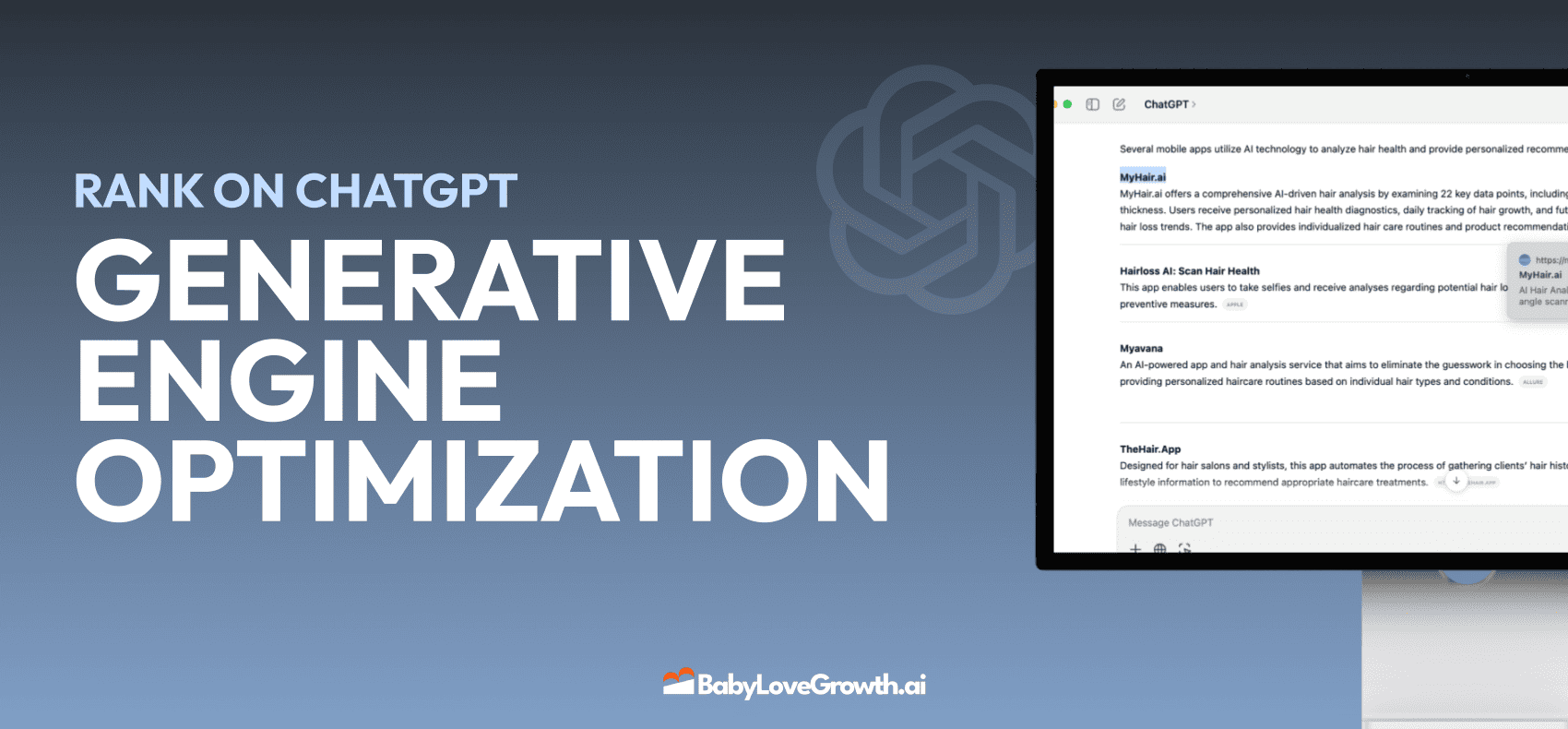
Generative Engine Optimization (GEO)
Learn how Generative Engine Optimization (GEO) helps your content rank in AI search engines like ChatGPT and Google AI. This comprehensive guide explains the differences between SEO and GEO, why it matters for your business, and practical steps to implement GEO strategies for better visibility in AI-generated responses.
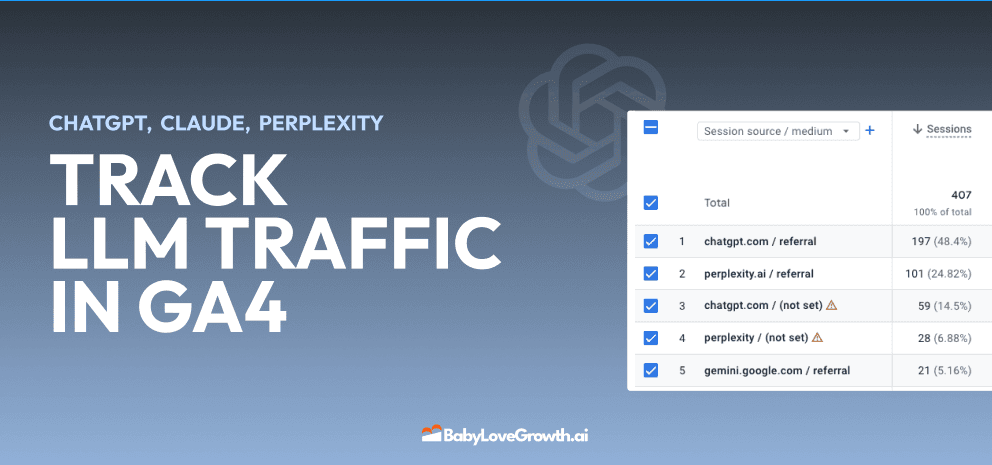
Track LLM Traffic in Google Analytics 4 (GA4)
Learn how to track and analyze traffic from AI sources like ChatGPT, Claude, Perplexity, and Google Gemini in Google Analytics 4. This step-by-step guide shows you how to set up custom filters to monitor AI-driven traffic and make data-driven decisions for your content strategy.
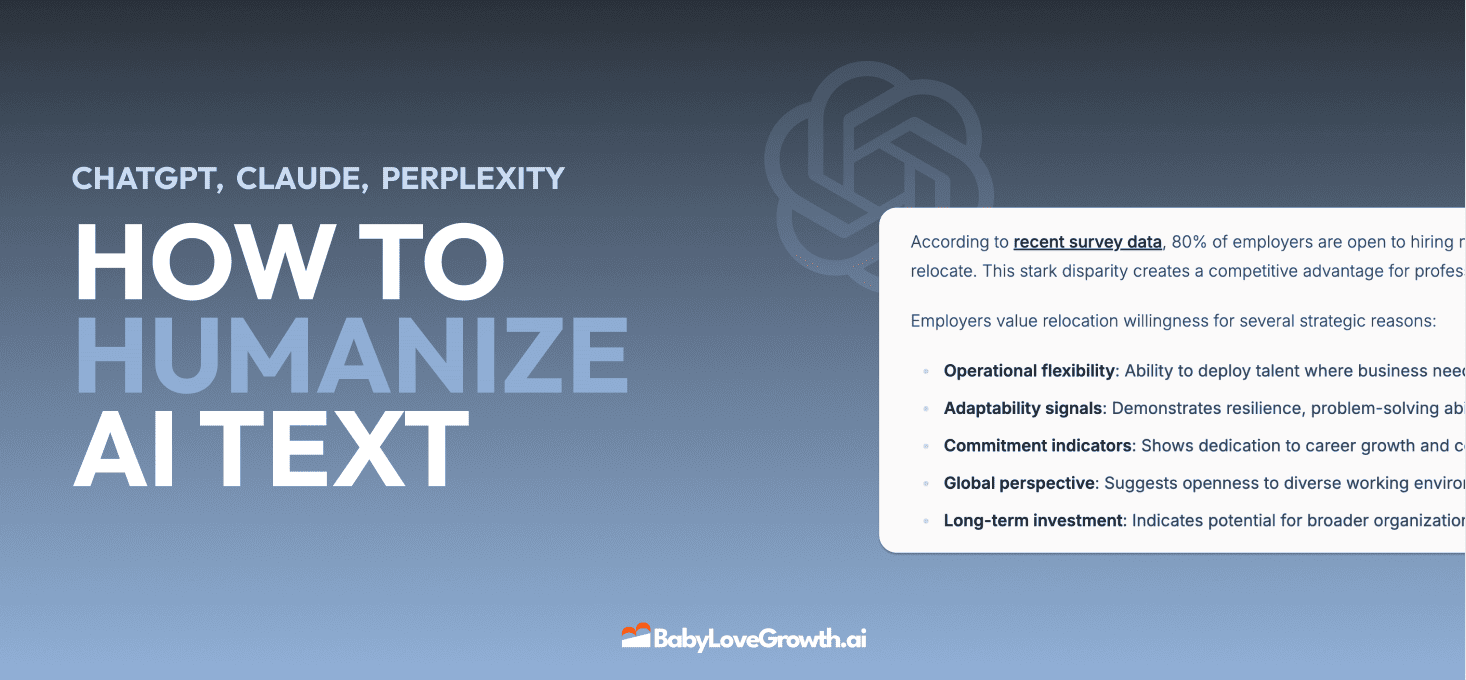
How to Humanize AI Text with Instructions
Learn practical techniques to make AI-generated content sound more natural and human. This guide covers active voice, direct addressing, concise writing, and other proven strategies to transform robotic text into engaging content.
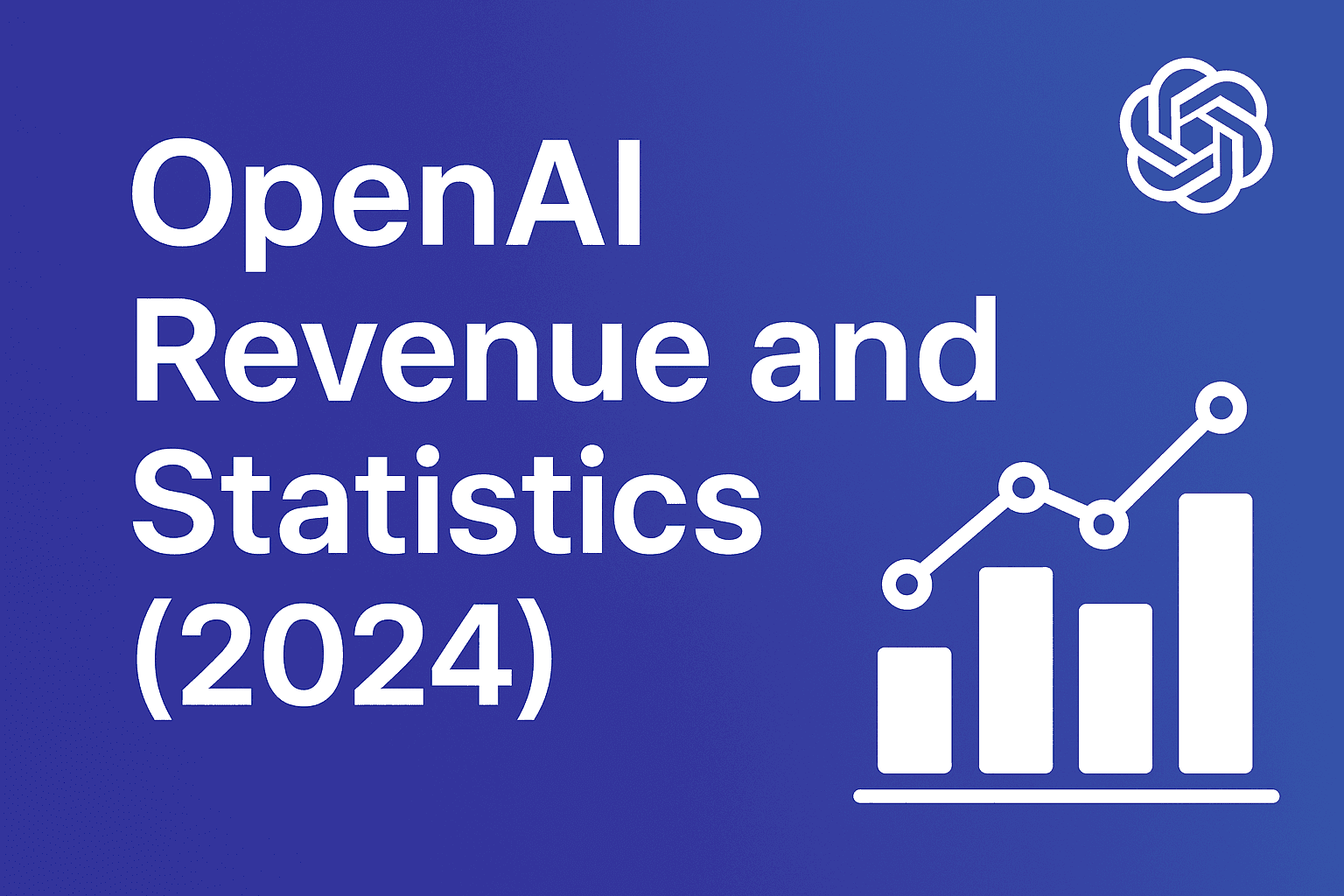
Open AI Revenue and Statistics (2024)
Comprehensive analysis of OpenAI financial performance, user engagement, and market position in 2023. Discover key statistics including $20B valuation, $1B projected revenue, and 100M+ monthly active users.